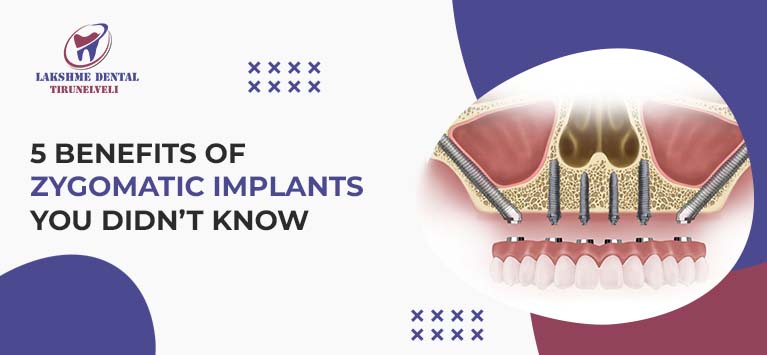
Is It Possible to Repair Broken or Damaged Dentures?
Dentures are the removable prosthetic teeth that can replace your missing teeth regardless of how the teeth are lost. In general, the denture base (pink-colored part) is made up of polymethyl methacrylate whereas the fake teeth are also made from this material but can be customized to match your natural teeth shades.
The appliance is not sturdy as your natural teeth to withstand any tension. It means denture damage is inevitable even though you care it arduously. Remember that wearing damaged or broken denture appliances will hurt the oral tissues. So you should repair the damaged dentures immediately.
Your dentist can restore the wrecked denture to a new-like condition. It involves numerous steps that are collectively called denture repair.
What are the types of denture repair?
Typically, repairing a broken denture falls in any of the following categories:
- Denture reline – Resurfacing the denture side that touches the tissues in your mouth.
- Denture rebase – Remaking the pink-colored acrylic part of the denture.
- Denture adjustment – Realigning the denture to make the appliance fit well inside your mouth.
If a denture is broken severely or if the damage is beyond repair, it cannot be fixed and a new denture appliance is required.
What are the steps involved in denture repair?
Beginning from analyzing the extent of damage, a dentist can determine if the damage is repairable or need a new prosthetic appliance. If the damage can be fixed, the procedure is performed in the following order
Step 1: The broken denture is realigned using denture adhesives (available in powder and creams). The adhesive agent is applied on both the lingual and facial surfaces of the denture.
Step 2: Now the repaired denture is held in the place using a tongue blade (made up of wood and is utilized for depressing the tongue during clinical assessments). A tongue blade is broken into two parts and each part is attached to the chewing surface of the denture. The tongue blade creates a bridge that holds the broken pieces of a denture firmly for further steps.
Step 3: Then the denture’s impression is taken by applying a small amount of plaster on the tissue side of the fracture and the required amount of plaster on the solid side. After 10 to 20 minutes, the tongue blades are removed.
Step 4: Once the plaster is set over the denture, it is removed using a lab knife and the cast is trimmed using a model trimmer. Thus the amount of acrylic substances required to repair the denture is identified.
Step 5: Now liquid oil substitute is applied over the cast surfaces to envelop the tiny pores in the cast. The dentures are cleaned thoroughly to remove residues and are repositioned on the cast. A kind of liquid monomer is placed along the edges of the fracture and is followed by a powder polymer is applied over the liquid. This process is repeated a few times until the added substance hardens to close the gap caused by the fracture. Then the denture is removed from the cast and smoothen to evacuate the sharp ridges.
Is it possible to fix broken dentures at home?
If you have an approved, safe denture repair kit, then you can fix it in your home. Don’t use super glue or other adhesives to repair it yourself. Using DIY glues to attach broken parts of a denture appliance is not a safe thing because certain cementing agents are not regulated and do not meet specified quality standards.
In essence, DIY solutions offer you a temporary solution so that you should visit your dentist to repair the broken denture teeth.















